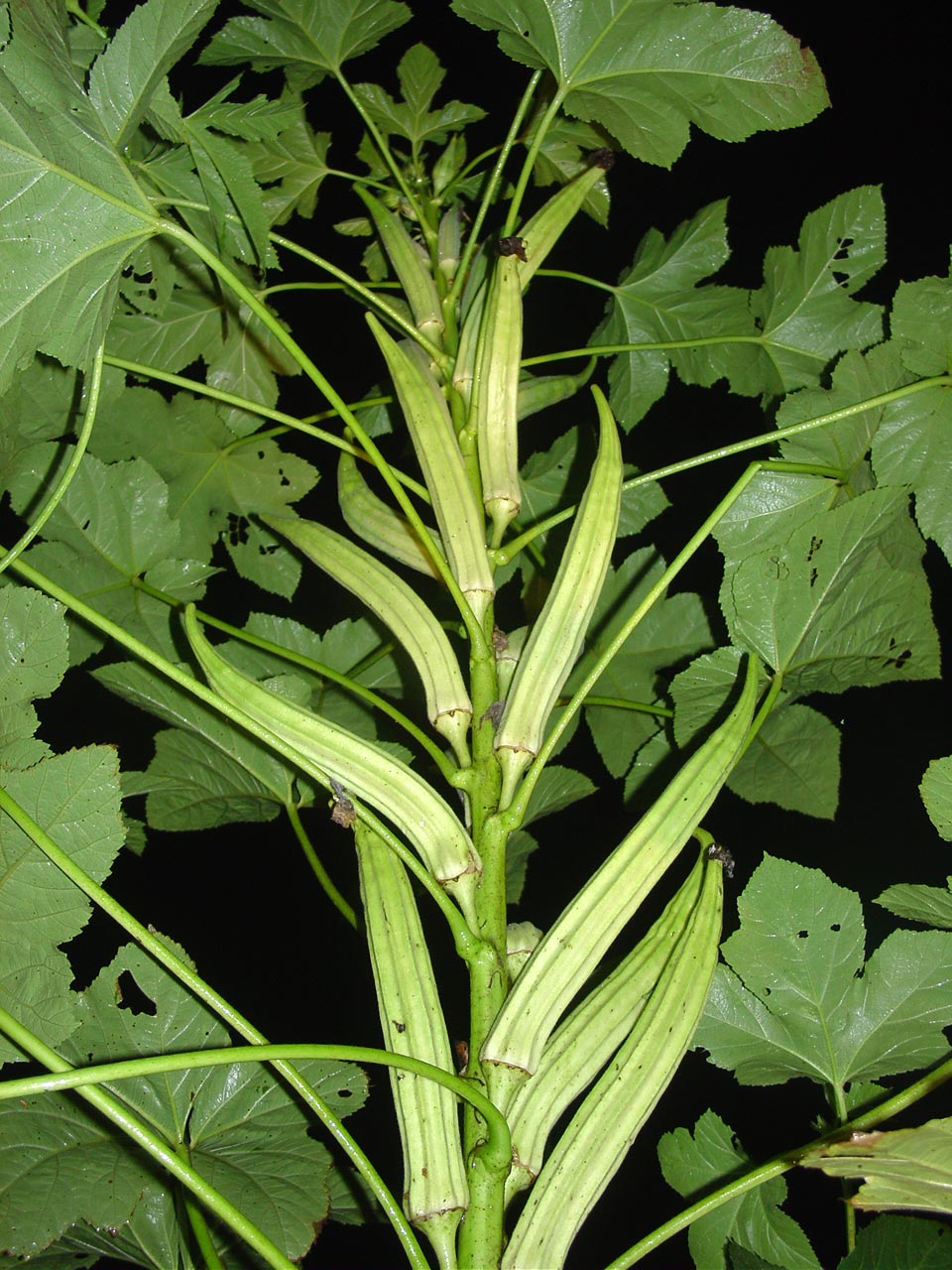Excellent job brah...I especially like the Headband! Come out to Cali and chill ax afterwards!
Really! Really, like you know how to relax. That would be one stressful trip for sure. JK
Excellent job brah...I especially like the Headband! Come out to Cali and chill ax afterwards!
Who is it? " I think it's the devil." I don't give a fuck bro i'll go to the looney bin with ya.



Good to see you guys caring about your futures. Us young cats need to stay free so we can figure this fucking plant out before all the old farts who steer us astray die out!
Nice link, picture, and summary bobbles. For me, the abstract matches what I've seen first hand defoliating and that's removing leaves will mean more will replace them in time. Defoliating can be used to shape plants and hell, slow down a plant if it's been growing too fast! Or if one of us ever does something too early... I don't like to go back on my words as I use to advocate for defoliating, but I don't like being wrong either. I've honestly shared my experiences (and roots.) With humor and humility, I've learned from my mistake regarding defoliating. Only time will tell how many other mistakes I'm making. Brassy is a sharp cat in my book and none of us are perfect. That study does say it'll improve yield at the expense of time...which could be justified considering plant count...AND when better ways to train are not used.

Okra eh? ...you guys and your new crazy strains...

The gardener might find that there are numerous techniques for pruning, training and thinning plants or trees. The practices are not necessarily repeatable between different gardens. Different gardens might have different cultivars that respond differently to the practices employed. Differing environmental and spacial parameters might also effect final fruit weight. The genetics of the given plant or tree are also factors that might be considered.
Respectfully,
/SRGB/
If you want to keep this thread peaceful, you'd be well advised to quash this defoliation talk sooner than later. The religions leaders will soon find their way over and begin to clog your thread with bullshit.


Man whoever the breeder was of that fine GODDAMN DANK FIRE......must be one crazy mutha-fukka.....and an elite breeder......BWAHAHAHAHAHAHAHAHAHAHAHAHAHAHAH

This right here is why I don't think that there will ever be a "definative conclusion" to this discussion. Truth of the matter is that no matter how hard we may attempt to replicate another's garden, just ain't possable.
I believe it is up to each and every grower to find what works in THEIR space, and adjust accordingly.
 .
.I've made my point of view clear, but ultimately I think you've nailed it with that last sentence.

